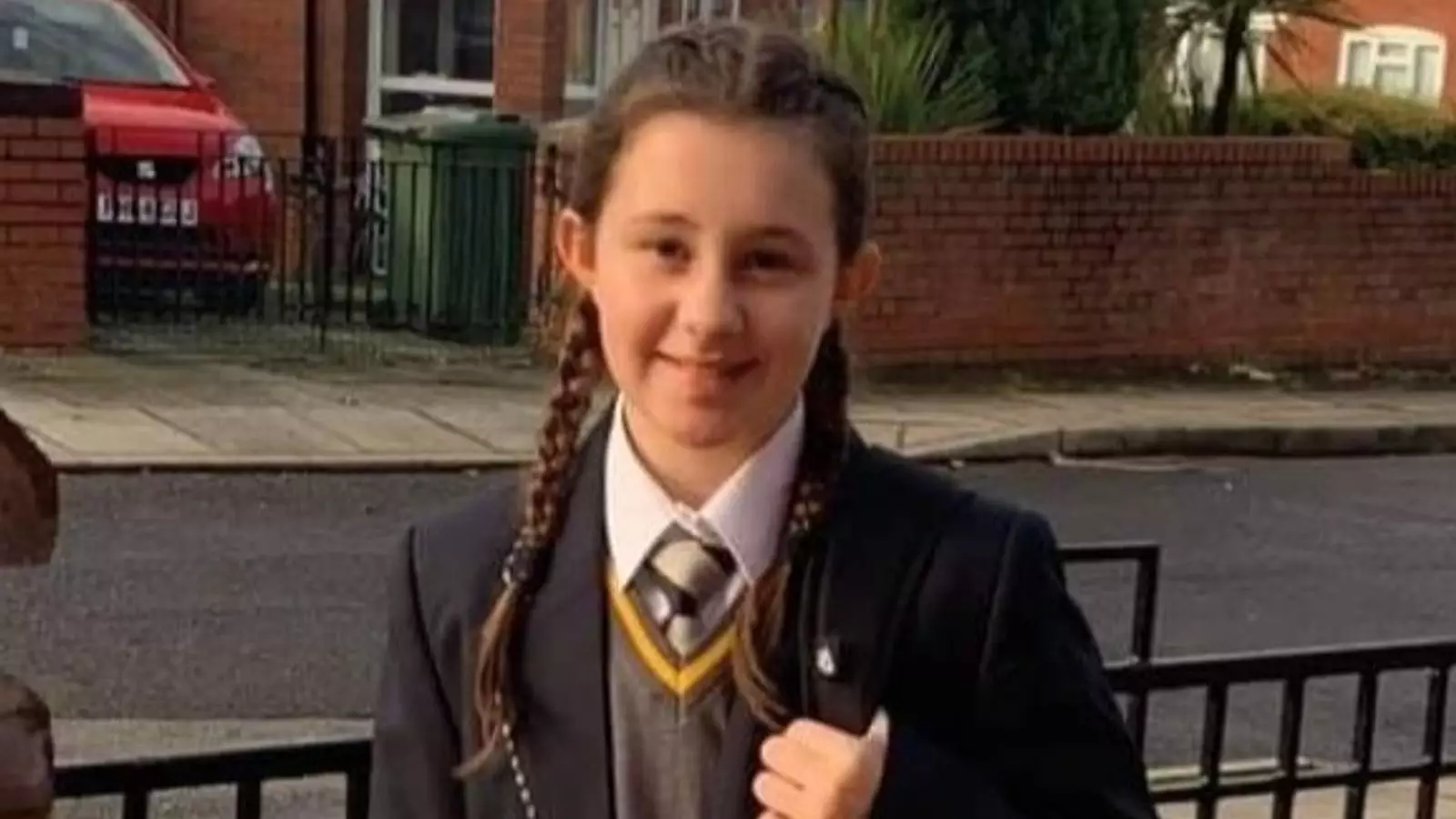The story of Ava White, a 12-year-old girl who lost her life to senseless violence in Liverpool, resonates in the hearts of many. It is an indelible reminder of the brutal consequences that can arise from youth violence and the systemic failures that often follow such tragedies. When the details of Ava’s murder emerged in November 2021, they sent shockwaves through not just her family, but the entire community. She was a bright young girl, full of potential, cruelly taken from her loved ones in an altercation that was both horrific and utterly avoidable.
Ava was enjoying a festive night with her friends when an argument escalated, culminating in Harry Gilbertson, then just 14, using a knife to take Ava’s life. This tragic case raises more than just concerns related to the individual perpetrator; it places a spotlight on societal attitudes towards youth crime, the accessibility of weapons, and how we choose to protect the most vulnerable members of our society.
Justice and Its Dark Shadows
Following the incident, Gilbertson was convicted of murder and, once he turned 18, was finally named publicly. The delay in his identification, dictated by reporting restrictions, begs serious questions about the justice system’s priorities. Ava’s mother, Leeann White, expressed her frustration when she was left in the dark while restrictions favored the anonymity of her daughter’s killer. Gilbertson’s privilege to post carefree photos while sitting in a facility meant to be punitive—while Ava’s family is left with the eternal void her loss has created—is a grotesque narrative in itself.
This situation raises a fundamental question: why do we so often lean towards protecting the rights of offenders, especially young ones, while neglecting the rights of the victims and their families? The principle of rehabilitation versus punishment becomes distorted when perceived equality fails. The judicial system, in its attempt to balance the scales of justice, often leaves the grieving families feeling marginalized, emphasizing the need for a re-evaluation of these policies.
The Fight for Meaning in Grief
In the aftermath of her daughter’s death, Leeann White transformed her sorrow into action by establishing a foundation in Ava’s name, aimed at providing bleed control kits to schools and businesses. The initiative aims to save lives, highlighting the dire need for communities to be equipped against knife crime—an issue that is far too prevalent. The fact that “at least six lives have been saved thanks to the kits” demonstrates the potential for proactive measures to make a tangible difference.
However, while establishing a foundation is undeniably commendable, it also reflects the deep-seated failure of societal structures to protect its young people in the first place. It raises critical concerns about knife culture in society and the mechanisms—or lack thereof—that police and lawmakers have in place to combat this growing epidemic.
The Disconnect Between Rights and Reality
Ava’s mother aptly illustrates the horror when she states, “He lost his rights when he murdered my child.” This statement resonates sharply with those who grapple with the injustices in the legal system, where offenders are often given second chances that victims will never receive. Gilbertson inadvertently becomes a symbol of society’s paradox: a youth with a promise of recovery and redemption, juxtaposed with the irreplaceable loss of a young girl who will never again experience life’s milestones.
The societal whipping boy often becomes the juvenile delinquent, yet in Ava’s case, it is the state that seems to have failed the most. The judge’s insistence on protecting Gilbertson’s family speaks volumes about misallocated priorities. When do the victims’ rights overshadow those of their offenders?
The legal leniency shown toward young offenders and the failings within the justice system must be scrutinized as we navigate the complexities of youth crime and societal implications. Community awareness and education about preventing knife crime is essential, but so is advocating for a system that sees victims first and foremost.
In Ava’s tragic tale, we must find not just a narrative of grief but a clarion call for stringent changes in how we approach juvenile offenses. The pain of loss should not just inspire memorials or foundations; it must be the catalyst for transformative social action that prioritizes safety and justice above all else.


Leave a Reply